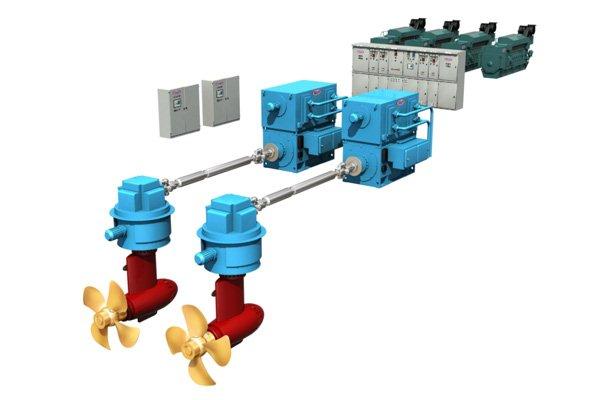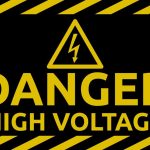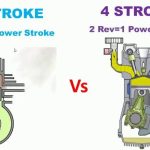The conventional propulsion system of ships is efficient but requires high operating costs and increases marine pollution. Among all prospective alternate power sources for ships, electrical propulsion system is one of the most promising alternatives in tod y’s time.

Understanding the System
The electric propulsion system consists of a prime mover, which can be of two types:
· Diesel driven
· Turbine or steam driven
Both these systems produce less pollution as compared to conventional marine propulsion system, which involves burning of heavy oil.
The propeller shaft of the ship is connected to large motors, which can be D.C or A.C driven, also known as propulsion motors.
Ship’s generator and prime mover assembly supplies power for the propulsion motor.
Arrangement and Operation
The generator can be direct or alternating current type with diesel or steam driven prime mover, depending on the requirements or demands of the owner/ship.
In the electrical propulsion system, the direction of the propeller rotation is governed either by the electrical control of the motor or by changing the electrical supply.
Normally variable speed electrical motor is used for fixed pitch propeller system and constant or variable motor can be used for variable pitch propeller or CPP.
Applications
Though electrical propulsion is normally used for smaller vessels, shipping companies are now adopting this system for big size cargo vessels as well.
Electrical propulsion is fitted in:
· Tugs and trawlers
· Dredgers
· Dynamic positioning vessels
· Cable laying ships
· Ice breakers
· Research ships
· Floating cranes
· Offshore Vessels
Advantages of electrical propulsion system are:
· A large amount of power is generated by the system and the excess power can be utilized by supplying it to cargo pumps, fire pumps and other important auxiliary machinery
· The space required for installation of electrical propulsion machinery is less and compact as compared to conventional systems
· There is no direct connection of propeller shaft and prime mover and hence transmission of severe stresses such as torsional and vibration is reduced
· There is more flexibility in installation of machinery
· It provides improved maneuverability and high redundancy
· Increased payload through flexible location of machinery components
· Environmental benefits from lower fuel consumption and emissions
· High performance in tough ice conditions due to maximum torque at zero speed
· Reduces lifecycle cost by less fuel consumption and maintenance costs
· Better comfort due to reduced vibration and noise
Disadvantages of this system:
· The efficiency of electrical plant is less than that of conventional system
· The installation cost of electrical propulsion plant is much higher
· Improvised training for ship’s c w is required as the system is completely different from mechanical system and involves major automation
From long-term perspective, electric propulsions systems are promising power sources for ships, considering their high efficiency and stringent marine environmental norms.



Comments are closed